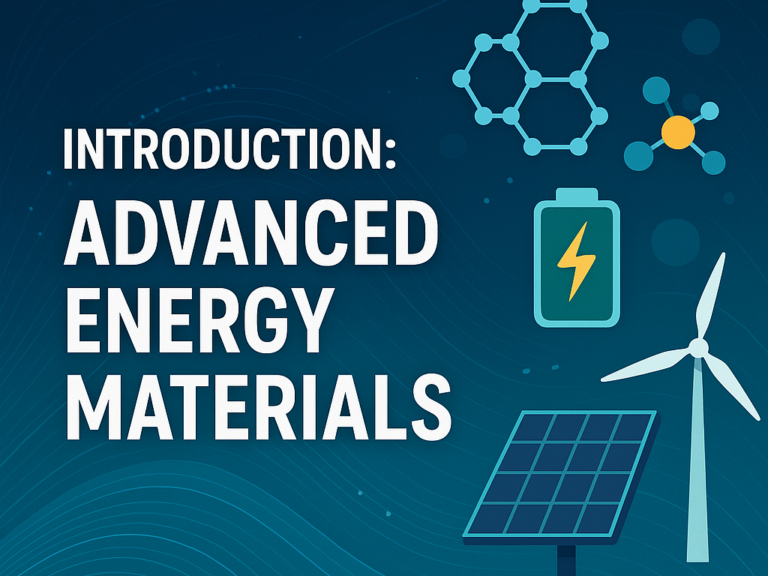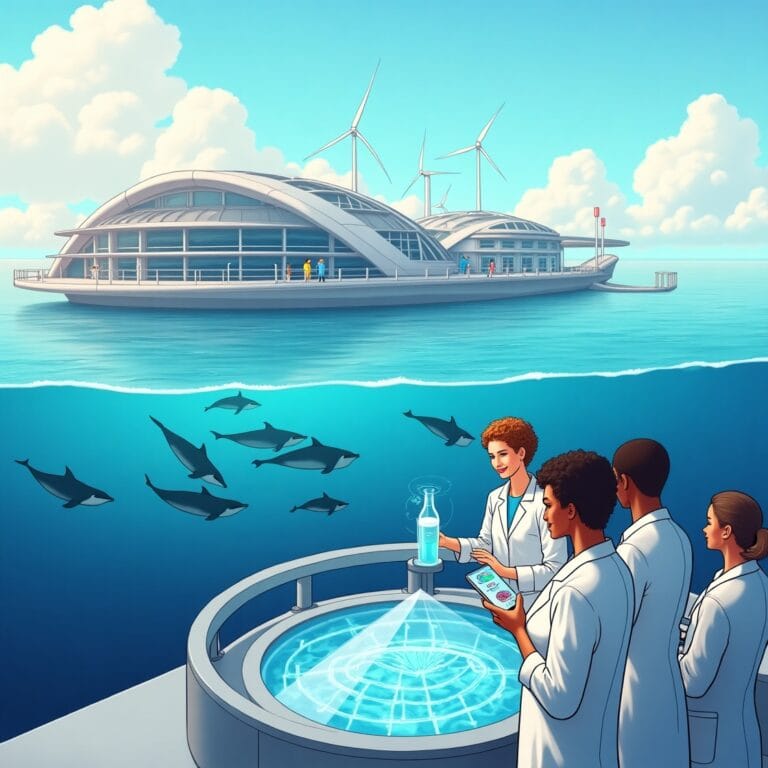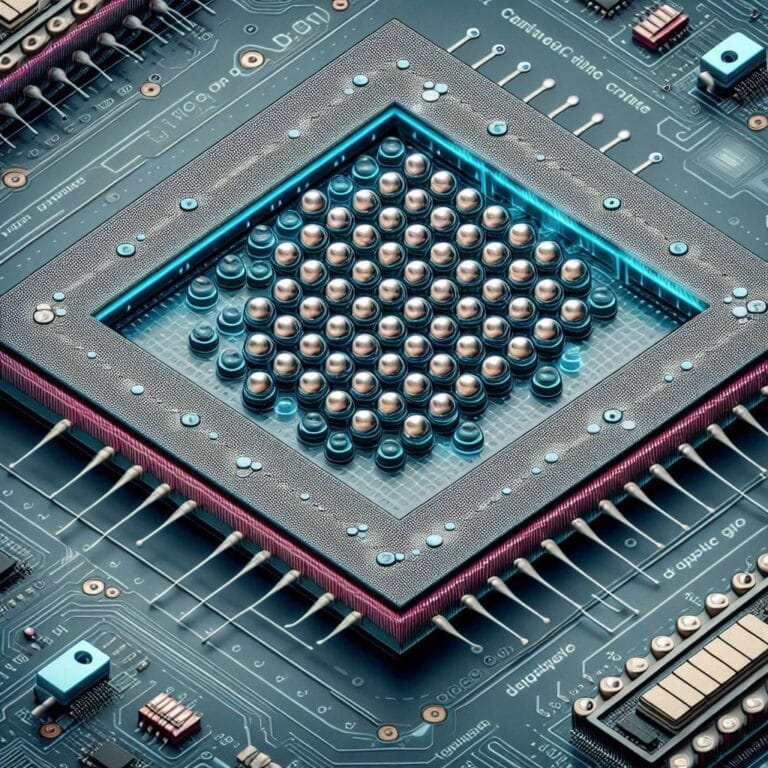Introduction
The construction industry accounts for nearly 8% of global carbon dioxide emissions, with Ordinary Portland Cement (OPC) production being a primary contributor. Every ton of OPC generates approximately one ton of CO₂, exacerbating climate change. The urgent need for low-carbon construction materials has propelled the adoption of alternatives like geopolymer concrete, redefining sustainable construction’s future.
Unlike OPC, geopolymer concrete is produced using industrial byproducts such as fly ash and ground granulated blast-furnace slag (GGBS). This innovation not only repurposes waste but also reduces greenhouse gas emissions by up to 90%, making it a pivotal solution in the fight against climate change. Its superior durability, resistance to chemical and thermal degradation, and cost-effectiveness make it a material of choice for modern construction projects.
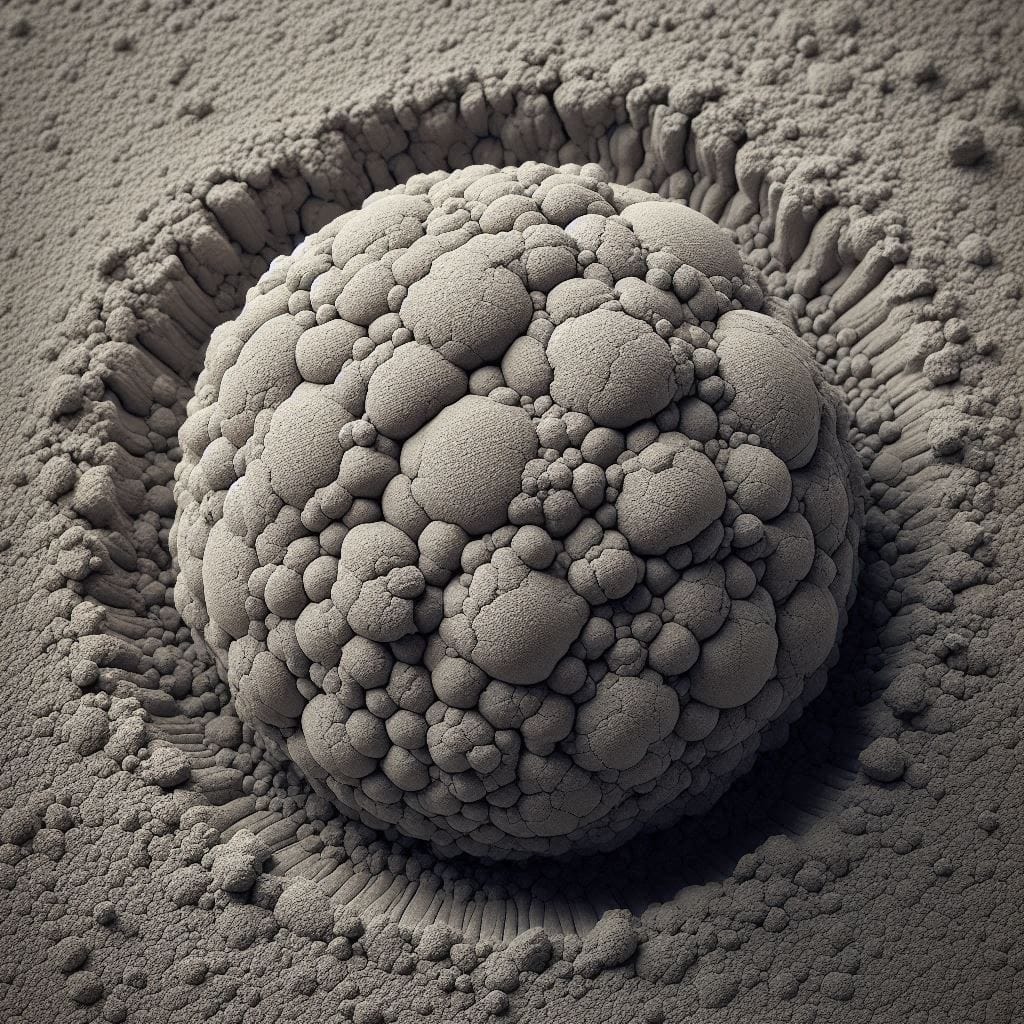
This blog delves into the science behind geopolymer concrete, its unique properties, environmental benefits, and versatile applications, highlighting its role in shaping a sustainable future for the construction industry.
What is Geopolymer Concrete?
What is geopolymer concrete? At its core, Fly Ash-Based Concrete is a type of inorganic polymer concrete that forgoes the traditional use of OPC. Instead, it relies on the chemical reaction known as geopolymerization to bind its components. This reaction involves activating aluminosilicate materials, such as fly ash, metakaolin, or slag, with alkaline solutions like sodium silicate and sodium hydroxide.
Geopolymerization transforms these materials into a three-dimensional network of silica and alumina, resulting in a binder with exceptional strength and durability. This innovative approach replaces limestone, a key ingredient in OPC, with industrial byproducts, drastically cutting CO₂ emissions during production.
Key Benefits Over OPC:
- Reduced Carbon Footprint: With CO₂ emissions reduced by up to 90%, geopolymer concrete is a game-changer in sustainable construction.
- Enhanced Durability: Its resistance to acids, sulfates, and high temperatures surpasses that of traditional cement, making it suitable for demanding environments.
- Recycling of Waste: Materials like fly ash, often considered industrial waste, are given new life, promoting a circular economy.
- Thermal Stability: Unlike OPC, geopolymer binders perform well under extreme thermal conditions, making them ideal for high-temperature applications.
Comparison with OPC:
- Composition: OPC relies on clinker and gypsum, while Fly Ash-Based Concrete uses aluminosilicate materials and alkaline activators.
- Energy Efficiency: OPC production is energy-intensive due to high-temperature kilns. In contrast, geopolymer concrete requires significantly less energy.
- Environmental Impact: OPC production contributes to deforestation for limestone mining, whereas geopolymer concrete uses abundant and recycled materials.
With its combination of ecological and functional advantages, geopolymer concrete is positioned to transform construction practices worldwide. As a result, it has gained traction in projects ranging from bridges and roads to chemical-resistant structures and marine applications.
Properties of Geopolymer Concrete
Compressive Strength and Durability
Geopolymer concrete exhibits excellent compressive strength, often surpassing Ordinary Portland Cement (OPC). This property is particularly evident in Fly Ash-Based Concrete properties, where high strength results from the robust bond formed during the geopolymerization process. Its durability under extreme environmental conditions, such as freeze-thaw cycles and prolonged exposure to moisture, makes it an ideal high-performance eco-friendly concrete. For example, long-term studies indicate that geopolymer concrete maintains its mechanical integrity even after decades of use in demanding environments.
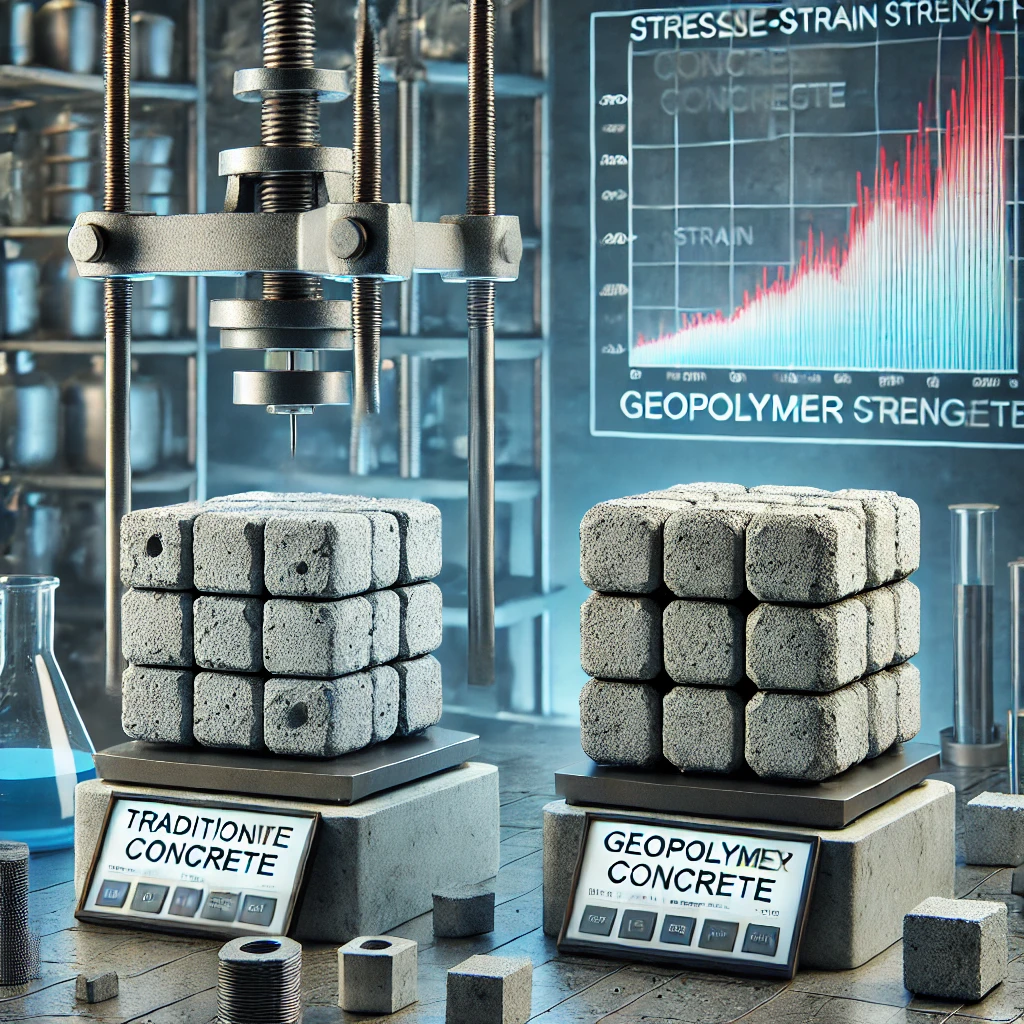
Chemical Resistance
One of the most significant advantages of geopolymer concrete is its resistance to chemical attacks. It effectively withstands acidic, sulfate, and alkaline environments, which are common in industrial and marine applications. This chemical resistance stems from the dense microstructure created during geopolymerization, which prevents the ingress of harmful ions. Industries like wastewater treatment, where conventional concrete deteriorates due to exposure to corrosive substances, are adopting this innovative material for its resilience.
Performance Under High Temperatures
Geopolymer concrete retains structural stability at temperatures exceeding 1,000°C, making it suitable for use in fire-prone areas or high-temperature industrial settings. Its thermal properties outperform OPC, which tends to lose strength at elevated temperatures. This characteristic has been successfully tested in fire-resistant building applications, making it invaluable for critical infrastructure like tunnels and emergency shelters.
Low Chloride Ion Permeability
The impermeable nature of geopolymer concrete significantly limits chloride ion penetration, a leading cause of steel reinforcement corrosion in traditional concrete. This makes it a preferred material for marine and coastal applications, where chloride-induced degradation is a major concern. By minimizing this issue, Fly Ash-Based Concrete ensures longer-lasting infrastructure with reduced maintenance costs.
Advancements in Geopolymer Technology
Recent advancements, such as fiber-reinforced geopolymer composites, have further enhanced the durability and flexibility of this material. These composites incorporate fibers like basalt or steel, providing better crack resistance, increased tensile strength, and extended service life. Such innovations are broadening the range of applications for geopolymer concrete, particularly in structural and industrial projects requiring superior performance.
Applications of Geopolymer Concrete
Infrastructure Development
Geopolymer concrete applications in infrastructure are gaining momentum, especially in projects like bridges, highways, and pavements. Its superior load-bearing capacity and resistance to environmental stressors make it a reliable choice for long-term use. For example, the reduced cracking and wear-and-tear properties of Fly Ash-Based Concrete significantly enhance the durability of heavily trafficked roads.
Marine Structures
Given its exceptional chemical resistance, Next-Gen Concrete Technology is widely used in constructing marine structures such as docks, seawalls, and offshore platforms. It resists corrosion caused by saltwater and sulfates, ensuring the longevity of these installations. These advantages of geopolymer concrete are crucial in reducing the lifecycle costs of marine infrastructure, which often suffers from premature deterioration.
Precast Elements for Modular Construction
The fast-curing properties of geopolymer concrete make it an excellent material for precast construction. Beams, panels, and blocks made from geopolymer concrete offer the strength and durability needed for modular construction. Precast geopolymer components can be mass-produced, enabling faster construction timelines while maintaining sustainability goals.
Industrial Applications
Industries benefit significantly from the material’s resistance to acids and high temperatures. For instance, geopolymer concrete is used in acid tanks, chimneys, and chemical containment systems. It also finds applications in constructing industrial flooring that must withstand aggressive chemical spills and heavy machinery. These features highlight the advantages of geopolymer concrete in demanding industrial settings.
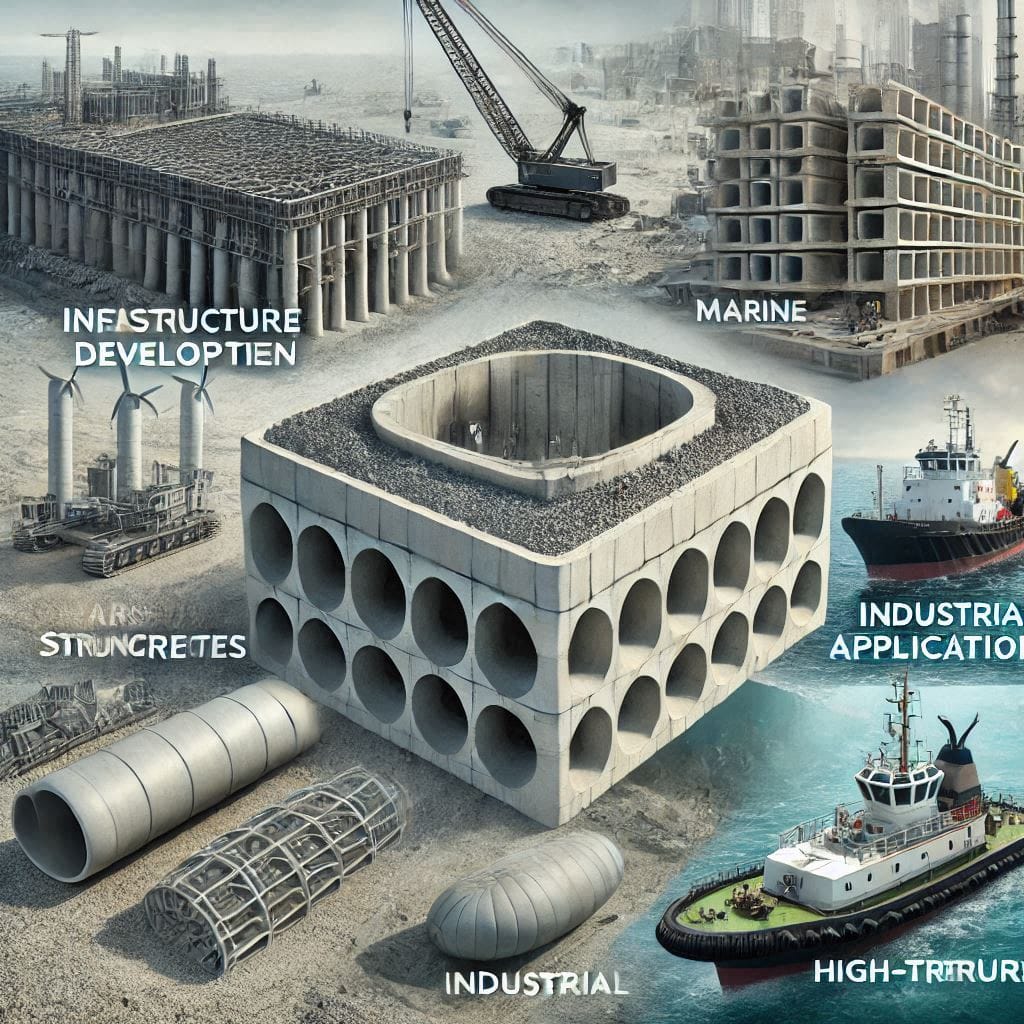
Niche High-Temperature Uses
In environments requiring fire resistance or high thermal stability, geopolymer concrete proves invaluable. It has been used in the construction of refractory linings, blast furnaces, and fireproof walls. The material’s ability to retain structural integrity at elevated temperatures provides a competitive edge over traditional concrete, particularly in specialized industries.
Geopolymer Concrete vs. Portland Cement
To comprehensively compare Geopolymer concrete vs Portland cement, the following table summarizes key differences:
| Aspect | Geopolymer Concrete | Portland Cement |
|---|---|---|
| Raw Materials | Industrial byproducts (e.g., fly ash, slag) | Limestone, clay, and gypsum |
| Environmental Impact | Low-carbon, utilizes industrial waste | High CO₂ emissions during production |
| Compressive Strength | Comparable or higher under controlled curing | Reliable but limited in extreme conditions |
| Durability | Superior resistance to chemicals and heat | Prone to chemical corrosion |
| Cost | Higher upfront cost, lower lifecycle cost | Lower initial cost, higher maintenance costs |
| Applications | Ideal for industrial and marine environments | General-purpose construction |
- Environmental Impact
Geopolymer concrete stands out for its low-carbon construction materials, as it reduces greenhouse gas emissions by replacing traditional components with industrial byproducts like fly ash-based concrete. Meanwhile, Portland cement remains a major contributor to CO₂ emissions. - Cost and Lifecycle
While geopolymer concrete may initially cost more, its longer lifecycle and minimal maintenance requirements make it a financially viable option in the long term. Portland cement is generally cheaper but incurs higher maintenance expenses due to its susceptibility to wear and tear. - Performance
Next-Gen Concrete Technology is more durable in extreme conditions, including chemical and heat resistance, which is unmatched by traditional Portland cement. This makes it suitable for specialized applications such as industrial flooring and marine structures. - Alignment with Sustainability Goals
By adopting Fly Ash-Based Concrete, industries can significantly advance their low-carbon construction goals while addressing environmental challenges posed by traditional cement.
Challenges and Limitations
Despite its environmental benefits and potential as a sustainable alternative to traditional Portland cement, geopolymer concrete (GPC) faces several challenges and limitations that hinder its widespread adoption.
Availability of Raw Materials
Geopolymer concrete depends heavily on industrial byproducts like fly ash (from coal-fired power plants) and slag (from steel production). As regions transition to renewable energy and decarbonized industrial practices, the availability of these materials is decreasing. For instance:
- Fly Ash Supply Issues: With coal plants being phased out, the production of high-quality fly ash suitable for GPC is declining. Furthermore, the quality of fly ash varies significantly, making it challenging to standardize production.
- Regional Disparities: Some areas lack sufficient supplies of fly ash or slag, leading to higher transportation costs and difficulty in local sourcing.
To mitigate these issues, researchers are exploring alternative raw materials like natural pozzolans, metakaolin, and industrial waste products, but these alternatives often come with increased costs or technical challenges.
Lack of Standardization
The production and application of geopolymer concrete lack uniform standards and codes, which creates variability in:
- Mix Design: Differences in raw material properties and curing processes lead to inconsistent performance across batches.
- Structural Applications: The absence of comprehensive guidelines for structural design using GPC makes it difficult for engineers to confidently adopt it in critical infrastructure projects.
Globally, efforts to develop standards, such as by the American Concrete Institute (ACI) and European Committee for Standardization (CEN), are ongoing, but widespread acceptance remains elusive.
Sensitivity to Curing Conditions
Unlike traditional concrete, geopolymer concrete requires specific temperature-controlled curing conditions, especially when made with high calcium fly ash. This sensitivity can:
- Increase energy consumption for curing, negating some environmental benefits.
- Limit its use in large-scale, outdoor construction projects where maintaining controlled conditions is impractical.
Innovative curing techniques (e.g., ambient curing formulations) are being developed, but these are still under research and are not universally applicable.
Limited Awareness and Expertise
Adoption of Next-Gen Concrete Technology is hindered by:
- Knowledge Gaps: Many builders, engineers, and policymakers are unaware of its properties, applications, and environmental benefits.
- Training and Education: Construction professionals often lack training in GPC mix design, application techniques, and quality control.
These gaps are exacerbated by the conservative nature of the construction industry, which is reluctant to move away from traditional materials and methods without clear incentives.
Market Challenges
The dominance of Portland cement and its well-established supply chain poses significant challenges:
- Economies of Scale: Portland cement production benefits from large-scale operations and optimized logistics, making it more cost-competitive than geopolymer concrete, which currently lacks similar infrastructure.
- Initial Costs: The capital investment required to set up facilities for large-scale GPC production is substantial. This deters manufacturers from venturing into the market without clear demand.
Additionally, regulatory frameworks and subsidies often favor traditional materials, leaving Fly Ash-Based Concrete at a disadvantage.
Durability and Longevity Concerns
While laboratory tests suggest GPC is highly durable, its long-term performance in diverse real-world environments is not fully validated. Concerns include:
- Resistance to chemical exposure and freeze-thaw cycles.
- The need for comprehensive studies to assess lifespan under varying stress conditions.
Supply Chain Fragmentation
Unlike Portland cement, geopolymer concrete’s supply chain is fragmented, involving multiple players for raw materials, activators, and curing facilities. This lack of an integrated supply network adds complexity and costs.
Addressing the Challenges
To overcome these limitations, several steps are being taken:
- Research and Development: Exploring alternative raw materials and improving mix designs for better performance and adaptability.
- Standards and Certification: Developing globally recognized codes and certifications to enhance confidence among users.
- Awareness Campaigns: Initiating training programs for construction professionals and publicizing its environmental benefits to policymakers and developers.
- Scaling Production: Encouraging government and private investment in production facilities to achieve economies of scale.
These efforts are crucial to unlocking geopolymer concrete’s potential as a sustainable solution in modern construction.
Innovations and Future Potential
Geopolymer concrete continues to inspire sustainable concrete technologies by integrating innovative solutions that enhance its performance and expand its applications:
Combining Geopolymer Concrete with Recycled Materials
Emerging approaches involve incorporating recycled aggregates, plastics, and other waste products into the mix. This combination enhances its sustainability, further reducing reliance on virgin materials and promoting low-carbon construction materials for eco-friendly projects.
Enhanced Curing Methods and Additives
Ongoing research focuses on developing additives like nanomaterials and bio-based polymers to improve geopolymerization. Advanced curing techniques, such as microwave curing and chemical accelerators, aim to optimize strength development, making Fly Ash-Based Concrete more competitive against traditional options.
Integration into 3D Printing Technologies
Geopolymer concrete’s adaptability makes it a prime candidate for 3D printing technologies in construction, offering precision and speed in building complex structures. This innovation aligns with the growing demand for modular and sustainable architectural designs.
By embracing these advancements, geopolymer concrete could redefine global construction practices, merging cutting-edge technology with environmental stewardship.
Conclusion
Geopolymer concrete represents a transformative shift in sustainable construction by addressing the environmental shortcomings of traditional cement. Its ability to utilize low-carbon construction materials and provide enhanced durability positions it as a cornerstone of future building practices.
Further investment in research, education, and policy reform is necessary to unlock its full potential. Encouraging global standards and incentives for adopting sustainable concrete technologies can bridge gaps in production and application.
Together, industries, governments, and innovators must champion geopolymer concrete to build a resilient and environmentally responsible infrastructure for future generations.
If you’re interested in sustainable construction and innovative building materials, be sure to check out these related blogs on my website. Each post dives into different aspects of eco-friendly construction and technology:
- 10 Sustainable Building Materials
Discover the top sustainable materials that are revolutionizing the construction industry. From bamboo to recycled steel, these materials reduce environmental impact and offer innovative solutions for green building practices. - Recycled Concrete for a Sustainable Solution
Recycled concrete is an excellent way to reduce construction waste and lower environmental footprints. Learn how this material can be repurposed and utilized in modern construction projects. - Self-Healing Concrete: The Future of Durable Infrastructure
Explore the groundbreaking technology behind self-healing concrete, a material that can repair its own cracks and extend the lifespan of structures. - Waterless Toilets for a Greener Future
Waterless toilets provide a sustainable solution to water conservation in both urban and rural areas. Learn about the technology behind these toilets and how they help conserve vital resources. - Roman Concrete Invention: Timeless Innovation
Roman concrete is known for its incredible durability and longevity. Discover how this ancient material could inspire modern sustainable construction practices.
These blogs cover a range of topics that can inspire new ideas for eco-conscious construction and sustainable living. Feel free to explore these articles for more detailed information!


